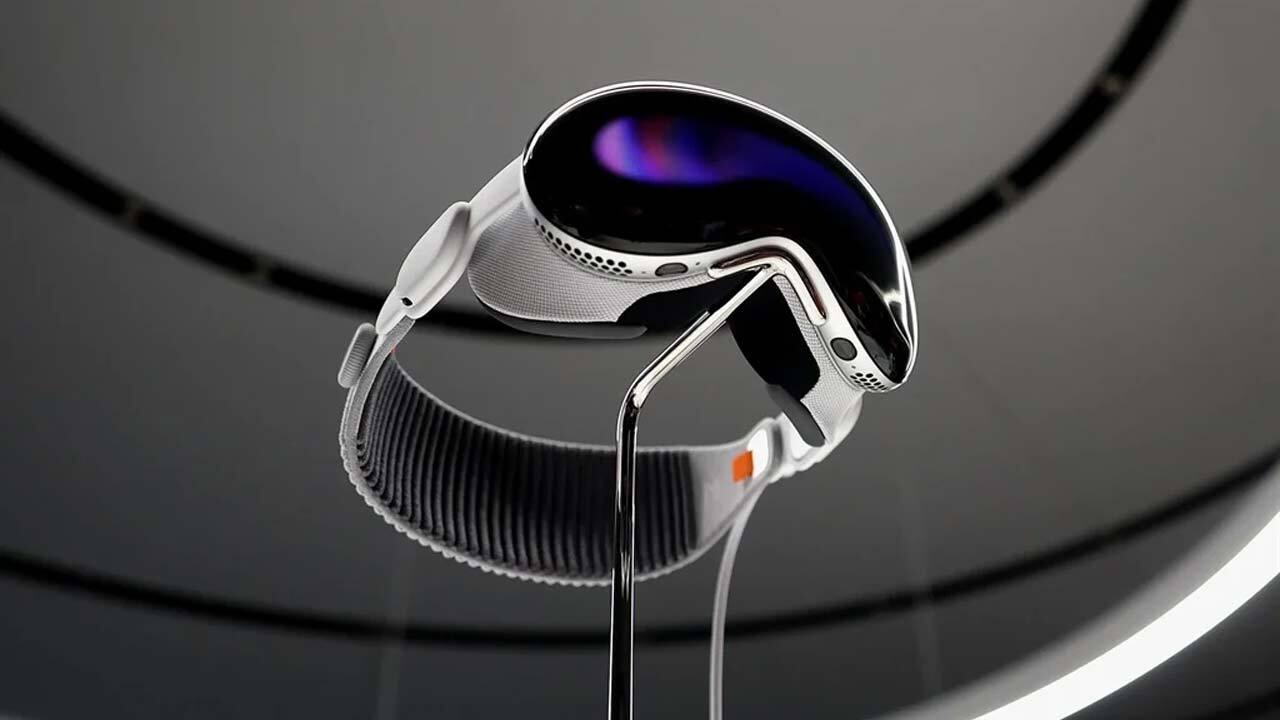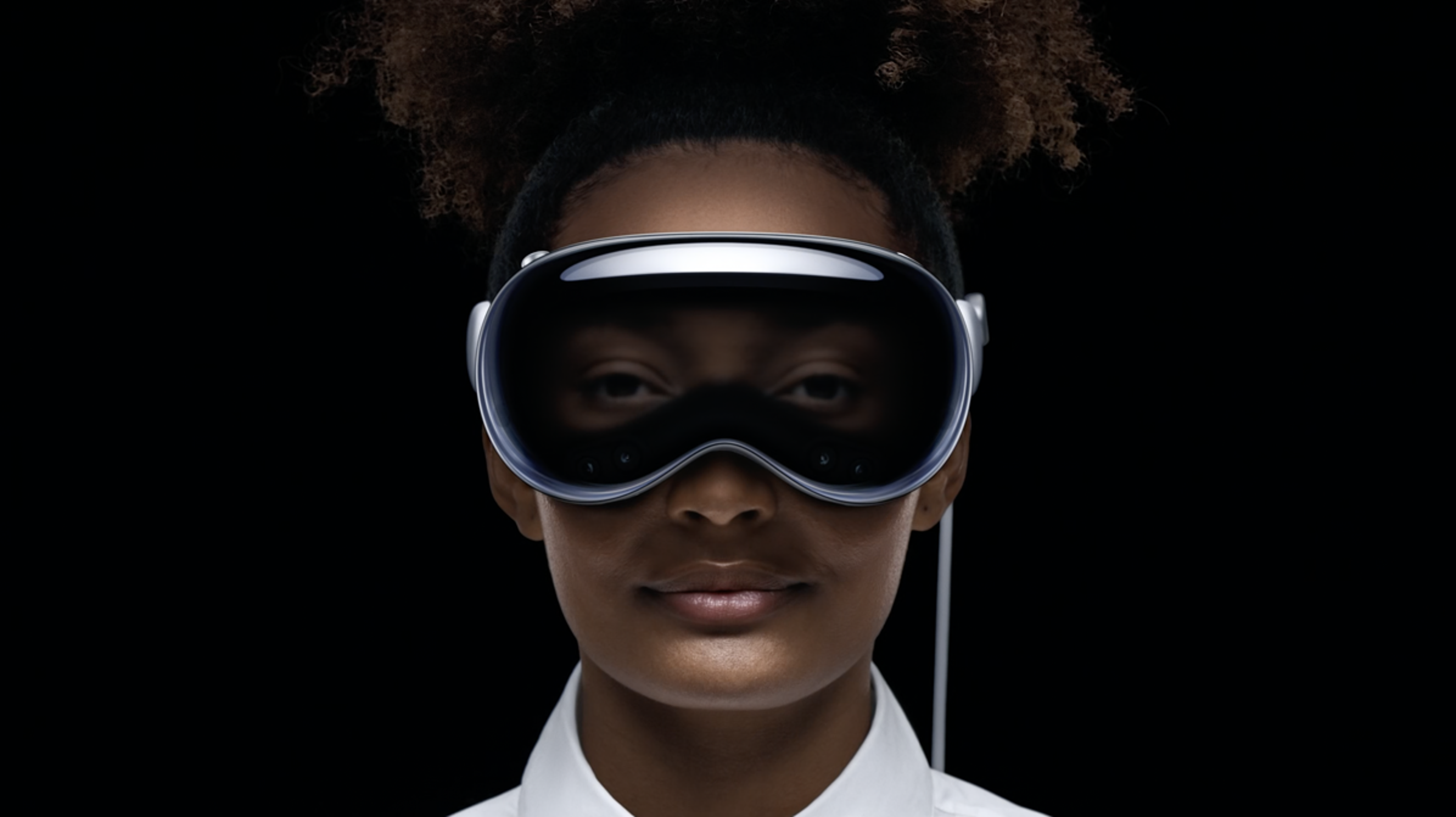
The Apple Vision Pro: A Glimpse of the Future in Spatial Computing

Discover the latest spatial computing headset from Apple, the Apple Vision Pro, and explore its features, reviews, and potential impact on the future of VR and AR experiences.
Introduction to the Apple Vision Pro
The Apple Vision Pro has arrived as the latest innovation in spatial computing, promising to revolutionize the way we experience virtual reality (VR) and augmented reality (AR). Priced at $3,500, this cutting-edge device is set to hit the market on February 2, offering users a glimpse into the future of immersive technology. With a focus on seamless integration with the Apple ecosystem, the Vision Pro aims to deliver a unique blend of productivity and entertainment, transforming living spaces into virtual cinemas and futuristic workspaces.
Apple Vision Pro
The Vision Pro represents Apple's foray into the world of spatial computing, combining VR and AR capabilities to create a multifaceted user experience. As critics and early reviewers weigh in on the device, it becomes clear that while the Vision Pro showcases remarkable technological advancements, there are areas for improvement that could broaden its appeal to a wider audience of tech enthusiasts.
In this article, we delve into the features, reviews, and potential impact of the Apple Vision Pro, shedding light on its strengths, limitations, and the future of spatial computing.
Features and Functionality
The Apple Vision Pro boasts an array of features that set it apart as a groundbreaking spatial computing headset. With seamless compatibility with iOS and the Apple ecosystem, users can harness the power of familiar applications and tools in a virtual environment, from productivity software like Excel, Webex, and Slack to immersive entertainment experiences on a virtual 4K HDR display.
One of the standout capabilities of the Vision Pro is its integration of eye and hand-tracking interfaces, offering intuitive and precise interaction within virtual spaces. This innovative input method, coupled with breathtaking 3D video and impressive AR applications, elevates the immersive experience for users, creating a seamless blend of reality and virtual worlds.
However, early reviews have highlighted some performance bugs and concerns, such as battery life and the need for refinement in digital persona features. While the Vision Pro showcases futuristic technology, addressing these early challenges is crucial to enhancing the overall user experience and broadening its appeal beyond niche audiences.
Implications and Future Outlook
As the Apple Vision Pro emerges as a pioneering device in spatial computing, its impact on the future of VR and AR experiences is poised to be significant. Critics and industry experts have lauded the device for its potential to reshape the way we interact with technology, envisioning a future where spatial computing becomes a new paradigm in computing.
While the current price point of $3,500 positions the Vision Pro as a premium offering, the prospect of mass production at a more accessible price range holds the promise of expanding its reach to a broader consumer base. The transformative nature of the Vision Pro, from creating virtual cinemas to reimagining workspaces, underscores its potential to catalyze a shift in how we engage with digital content and applications.
In essence, the Apple Vision Pro represents a leap forward in spatial computing, offering a tantalizing glimpse of the future while paving the way for the evolution of immersive experiences. As Apple continues to refine and enhance the Vision Pro, the convergence of VR, AR, and spatial computing is poised to redefine the boundaries of technology and human interaction, ushering in a new era of immersive computing.














